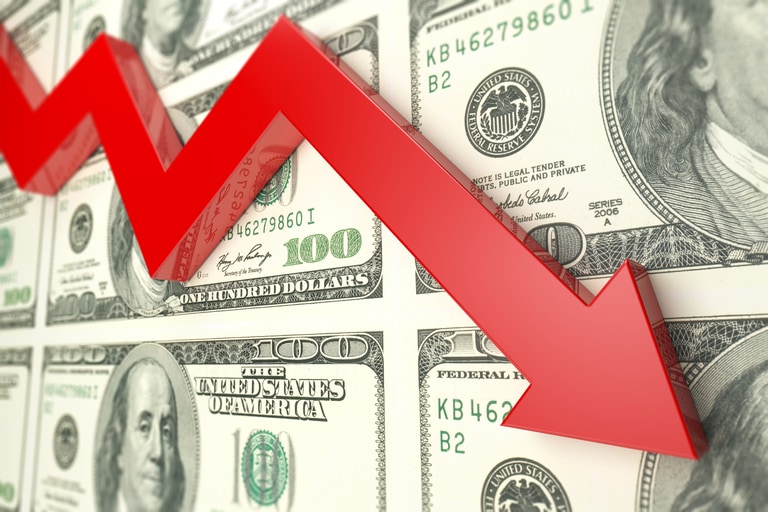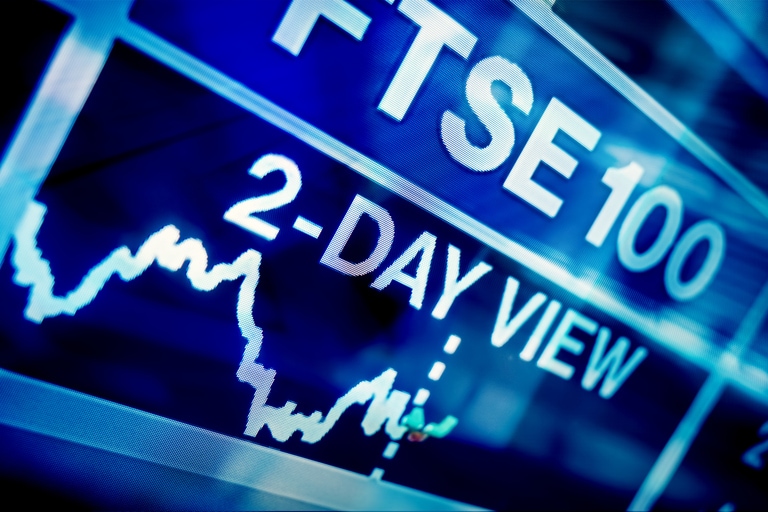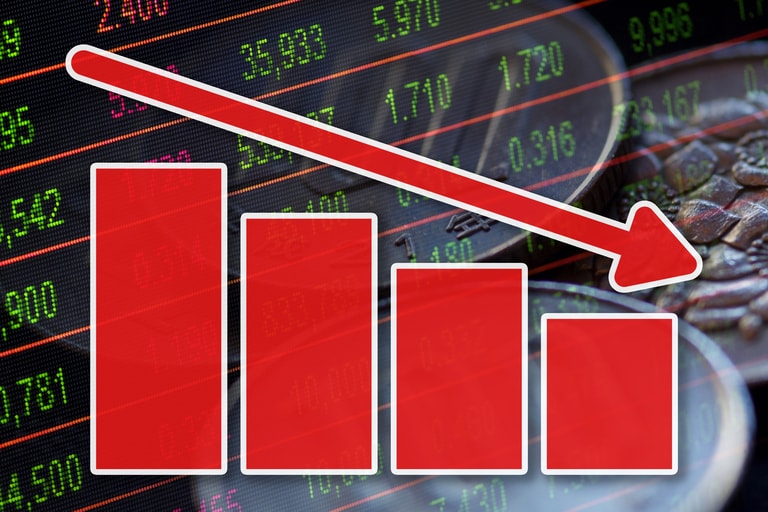US CPI inflation hit its highest level since late 1981 yesterday, rising to 8.5%, however a softer than expected core CPI number raised hopes that we might be close to peak CPI, prompting a fall in bond yields.
It looked like US equity markets might well enjoy a decent rebound, as yields fell back, however the rally lost momentum soon after US oil prices moved back above $100 a barrel, less than 30 hours after briefly falling below $93 a barrel on Monday.
While one number does not make a trend, today’s US PPI numbers for March might help to reinforce this belief if we see any signs of a slowdown in price pressures, although the sharp jump in the recent prices paid numbers from the March ISM reports might suggest that this might be premature. Final demand PPI is expected to rise to 10.6% from 10%, while core PPI is expected to come in unchanged at 8.4%. We would probably see a miss to the downside to reinforce the hope that we are close to peak inflation.
After a negative session yesterday, European markets look set to open slightly lower after the RBNZ hiked rates by 50bps, its biggest move in 20 years and China trade saw imports grind to a halt in March with a decline of -0.1%, against an expectation of a rise of 8.4%, as lockdowns and Covid saw demand collapse.
Today’s focus in Europe shifts to another busy day of inflation numbers, after the RBNZ decided to get ahead of the inflation curve in a move that could be a harbinger of aggressive hikes from central banks across the world.
Yesterday’s data for UK unemployment, which fell back to 3.8%, matching the levels seen in 1975, and at the end of 2019, was probably the only silver lining in what is likely to be a difficult summer for UK consumers, as the UK economy gears up for its worst cost of living squeeze in 10 years.
The wages data, when adjusted for inflation, showed the biggest fall in real wages since 2013, in a trend that is only likely to get worse as we head into Q2, given recent rises in energy and food prices, along with the April NI rises, which have yet to be factored into the data, as we look to the summer months.
The picture for UK CPI looks set to get worse for March, even as February CPI rose to a new 30 year high of 6.2%, up from 5.5% in January, while core prices rose by 5.2%. The outlook for retail prices index isn’t any better, rising to 8.2%, in February, from 7.8%, while the latest set of input prices rose to 14.7%, thus increasing the odds of a double figure print for headline CPI as we head into Q2.
In further signs that inflation is becoming more embedded, we’re also seeing significant increases in prices aside from food and energy. These included clothing and footwear prices which rose 8.8% year-on-year in February, furniture and household goods which rose 9.2%, and that’s before we get to the various tax rises that are due in the April numbers.
These problems aren’t unique to the UK, with March inflation in the EU also jumping sharply, rising to 7.5% from 5.9% in February, ahead of tomorrow’s ECB rate meeting. This is a huge jump in the space of a single month, largely driven by energy prices, and if replicated here, could see UK CPI rise by a similar amount, although some of the rise could be mitigated by the better energy mix the UK economy has.
Nonetheless, expectations for today’s CPI numbers are expected to see a rise to 6.7% and potentially closer to 7%, with the very real possibility we could see a test of the 1991 peaks of 8.3% by the middle of the summer. The RPI inflation measure could even retest the 1990 peaks of 10.4% in the next two to three months, however today’s number is expected to rise to 8.8%. PPI input prices are forecast to rise to 15.1% from 14.7%.
It’s also a big day for the Bank of Canada, after the central bank took the somewhat surprising decision to defer a rate rise at its March meeting, especially since in January the central bank warned that inflation was likely to be higher than forecast, through most of this year, and for a good part of next. The fact they didn’t says more about their timidity than anything else, especially with CPI at 30-year highs, and the labour market looking really strong.
With the Fed having raised rates themselves by 25bps in March, the BoC now has more cover to do the same thing, and despite their March timidity, they could well follow the RBNZ this morning and also act much more aggressively. A 25bps move is more or less a given, and in the past few days there have been growing calls for a move of 50bps, given that the Fed is likely to move more aggressively in May. Today is the perfect opportunity for the Bank of Canada to act much more decisively and go for a 50bps move, moving rates to 1%.
EUR/USD – still looking on the weak side ahead of the ECB tomorrow, with the key support still down near the trend line support from the 2017 lows, at 1.0830/40. A break below the March lows signals the potential for a move towards the 2020 lows at 1.0635. Resistance remains back at the 50-day MA, as well as this month’s high at 1.1185.
GBP/USD – continues to find support just above the 1.2980 level, with little incentive to drive it lower for now. A break below 1.2980 argues for a move towards 1.2800. We need to get back above the 1.3180 area to stabilise.
EUR/GBP – still looking soft after failing at the 0.8380 level on Monday, with resistance also at the 0.8420 area. We still have support around the 0.8280/0.8300 area, but still remains range bound.
USD/JPY – The June 2015 highs at 125.85 remain a key barrier to a move through the 126.00 area and a move to levels last seen in June 2002. A concerted break above 126.00 argues for a move towards the 130.00 area. Support currently at 124.70, with the major support back at the 121.30/40 area. A break below 121.20 argues for a steeper move lower towards 118.00.
CMC Markets erbjuder sin tjänst som ”execution only”. Detta material (antingen uttryckt eller inte) är endast för allmän information och tar inte hänsyn till dina personliga omständigheter eller mål. Ingenting i detta material är (eller bör anses vara) finansiella, investeringar eller andra råd som beroende bör läggas på. Inget yttrande i materialet utgör en rekommendation från CMC Markets eller författaren om en viss investering, säkerhet, transaktion eller investeringsstrategi. Detta innehåll har inte skapats i enlighet med de regler som finns för oberoende investeringsrådgivning. Även om vi inte uttryckligen hindras från att handla innan vi har tillhandhållit detta innehåll försöker vi inte dra nytta av det innan det sprids.






